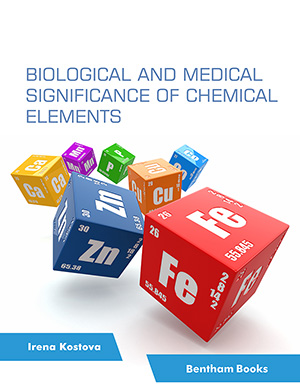Abstract
Aim: The current research aims to establish a stability-indicating analytical method (SIAM) for the quantification of evodiamine (EVO), characterization of its degradation impurity, and establishment of possible degradation pathways.
Background: None of the degradation impurities of EVO is known and the mechanism of their formation has not been reported in any literature to date. Moreover, a SIAM for EVO is not available in any public domain.
Objective: The objective of this study is to characterize the degradation impurity of EVO by LC-MS/MS, proposing its molecular structure, identifying possible degradation pathways of generation of its impurity, and establishing a SIAM.
Method: To assist future product development, a degradation study of EVO was performed and an RPHPLC- based SIAM was developed. The major degradation product was characterized by LC-Q-TOFMS/ MS. In addition, in silico toxicity prediction was performed using the ProTox-ІI toxicity predictor.
Result: The method was found to be linear, accurate, precise, and robust over the range of 12.5 to 100 μg /mL of EVO. The method met all the acceptance criteria as specified in the ICH guideline. Only one degradation product (9% of the drug area) of EVO was generated in acidic hydrolytic conditions. The degradation product was found to be potentially inactive for hepatotoxicity and immunotoxicity, with a confidence score of more than 0.7 (70%). Moreover, the confidence score for carcinogenicity, mutagenicity, and cytotoxicity was less than 0.7, indicating it was moderately inactive for these toxicities.
Conclusion: The molecule was found to be stable in the majority of the tested stress conditions. However, the degradation product generated in acidic hydrolytic stress was characterized using LC-Q-TOF-MS/MS, which was unknown to date. The novelty of this research can be justified by the unavailability of any SIAM of EVO and the absence of any report on its susceptibility to degradation in the presence of different potential stressors. Moreover, the potential toxicity of the molecule and its impurity was not known previously. The reported degradation impurity may be useful to set the quality control acceptance criteria for EVO. Additionally, pharmaceutical industries and research laboratories may use the developed method for the analysis of quality control and stability samples of EVO.
Keywords: Evodiamine, stability indicating analytical method, degradation impurity characterization, degradation mechanism, LC-Q-TOF-MS/MS, HPLC.
[http://dx.doi.org/10.1016/S0731-7085(02)00047-X] [PMID: 12049968]
[http://dx.doi.org/10.1016/j.ijpharm.2018.04.007] [PMID: 29635054]
[http://dx.doi.org/10.1016/j.jpba.2012.03.044] [PMID: 22521633]
[http://dx.doi.org/10.1016/j.gsd.2023.100950]
[http://dx.doi.org/10.1016/j.jpba.2005.04.001] [PMID: 15939562]
[http://dx.doi.org/10.1016/j.microc.2021.106281]
[http://dx.doi.org/10.1016/j.jpba.2021.113933] [PMID: 33588298]
[http://dx.doi.org/10.1016/j.jpba.2022.114753] [PMID: 35447490]
[http://dx.doi.org/10.1186/s40543-020-00252-4]
[http://dx.doi.org/10.1016/j.fitote.2014.12.009] [PMID: 25542684]
[http://dx.doi.org/10.1016/j.lfs.2005.09.027] [PMID: 16280136]
[http://dx.doi.org/10.1016/j.bbrc.2017.02.017] [PMID: 28189683]
[http://dx.doi.org/10.1002/ptr.4766] [PMID: 22767428]
[http://dx.doi.org/10.1002/bmc.4219] [PMID: 29470848]
[http://dx.doi.org/10.1016/j.aca.2005.11.045]
[http://dx.doi.org/10.1007/s00216-006-0493-3] [PMID: 16724219]
[http://dx.doi.org/10.1080/10286020.2012.762357] [PMID: 23418678]
[PMID: 22312694]
[http://dx.doi.org/10.1093/chromsci/bmac062] [PMID: 35870202]































